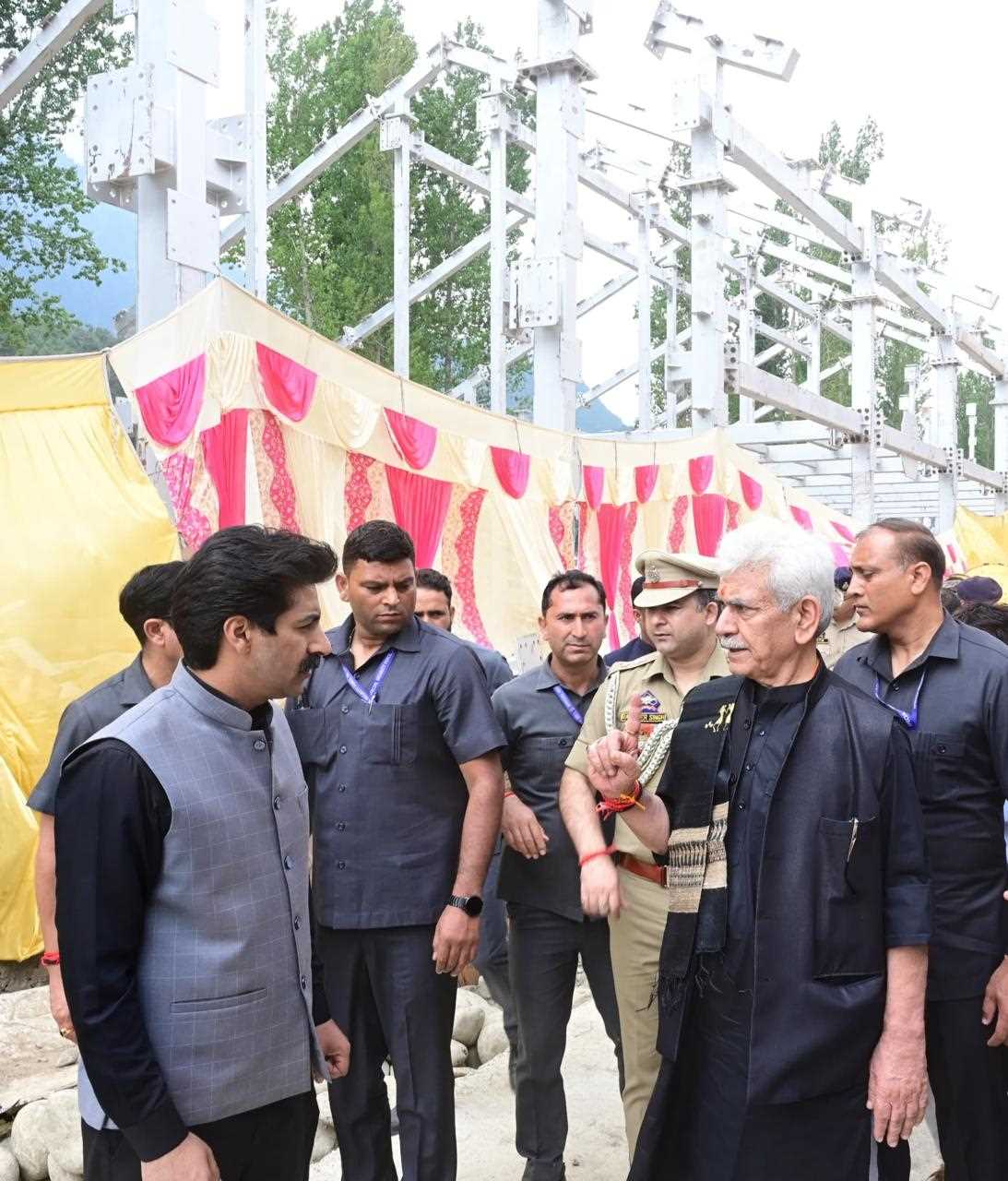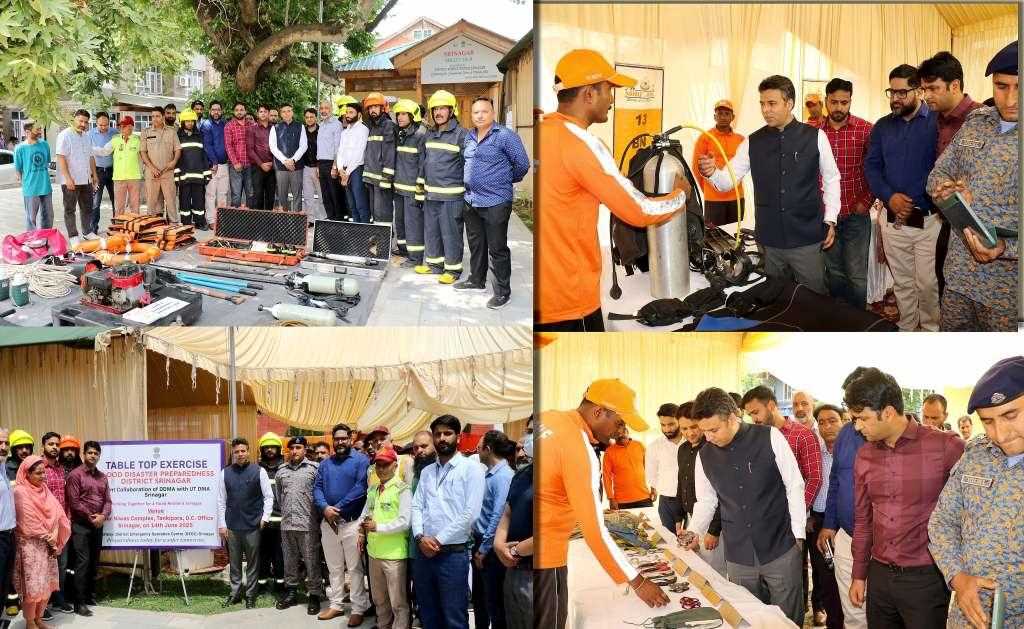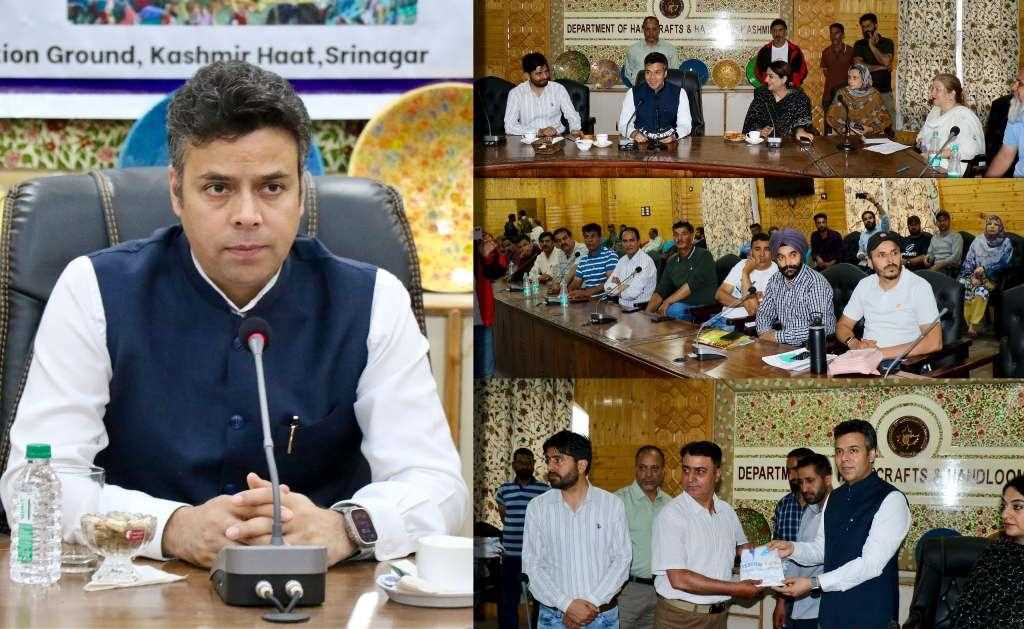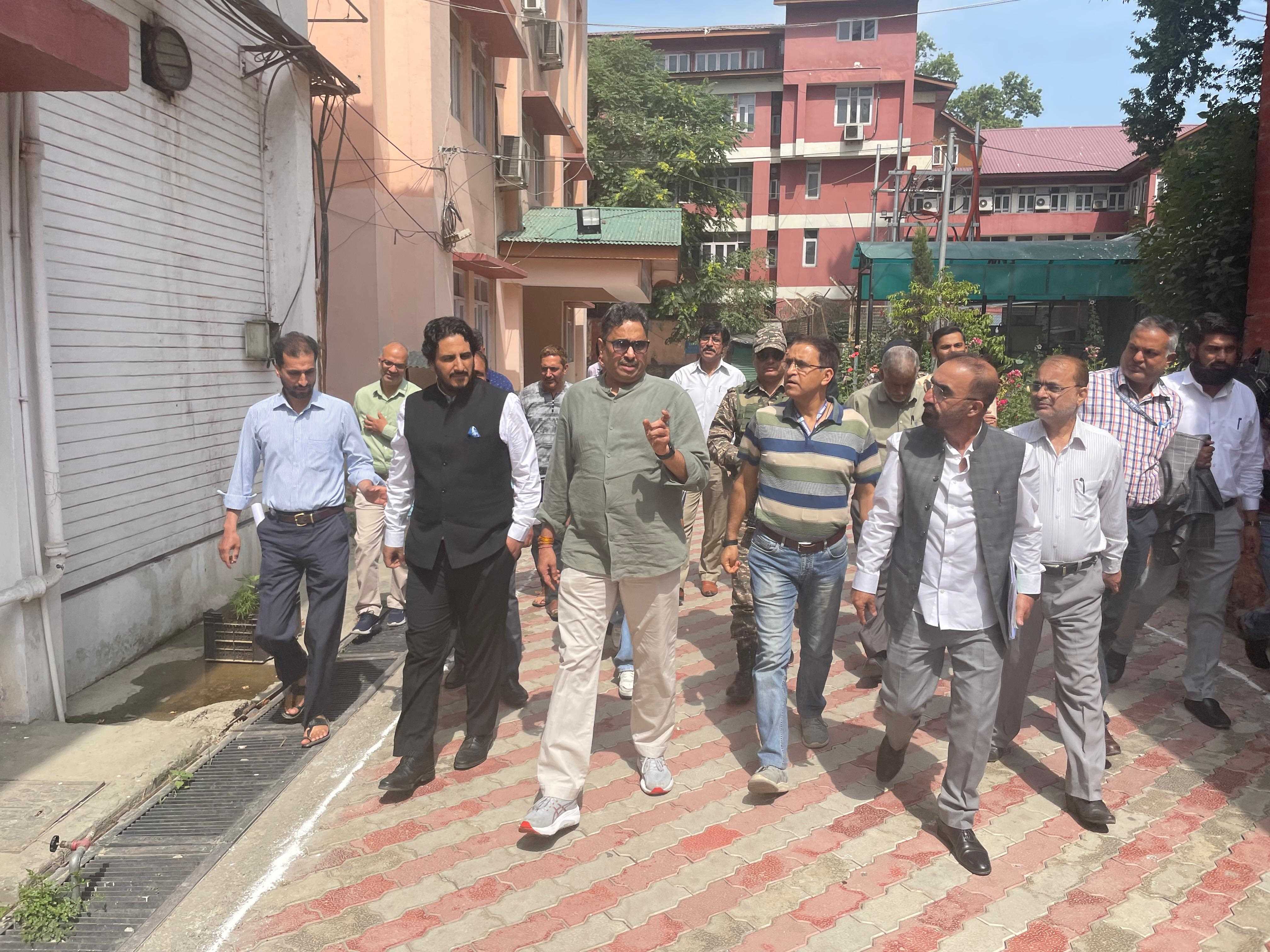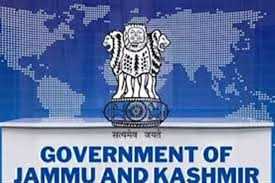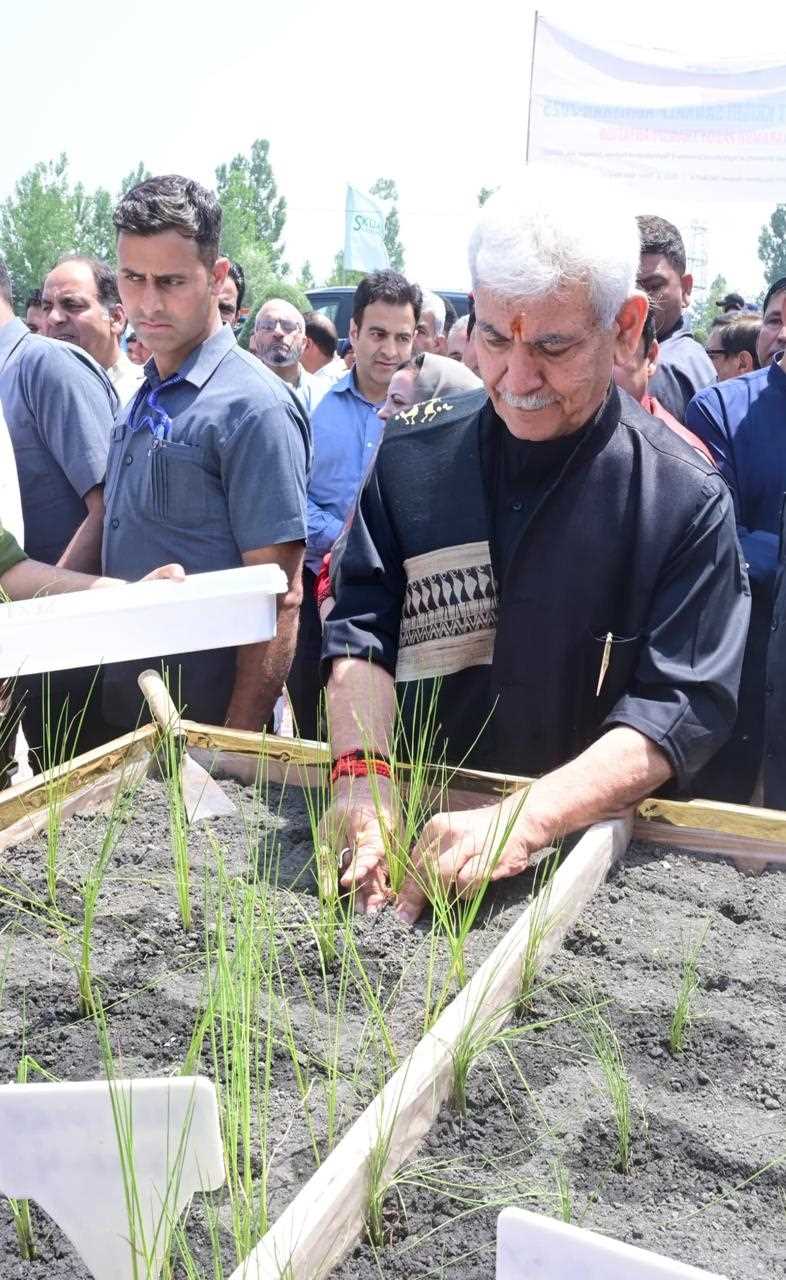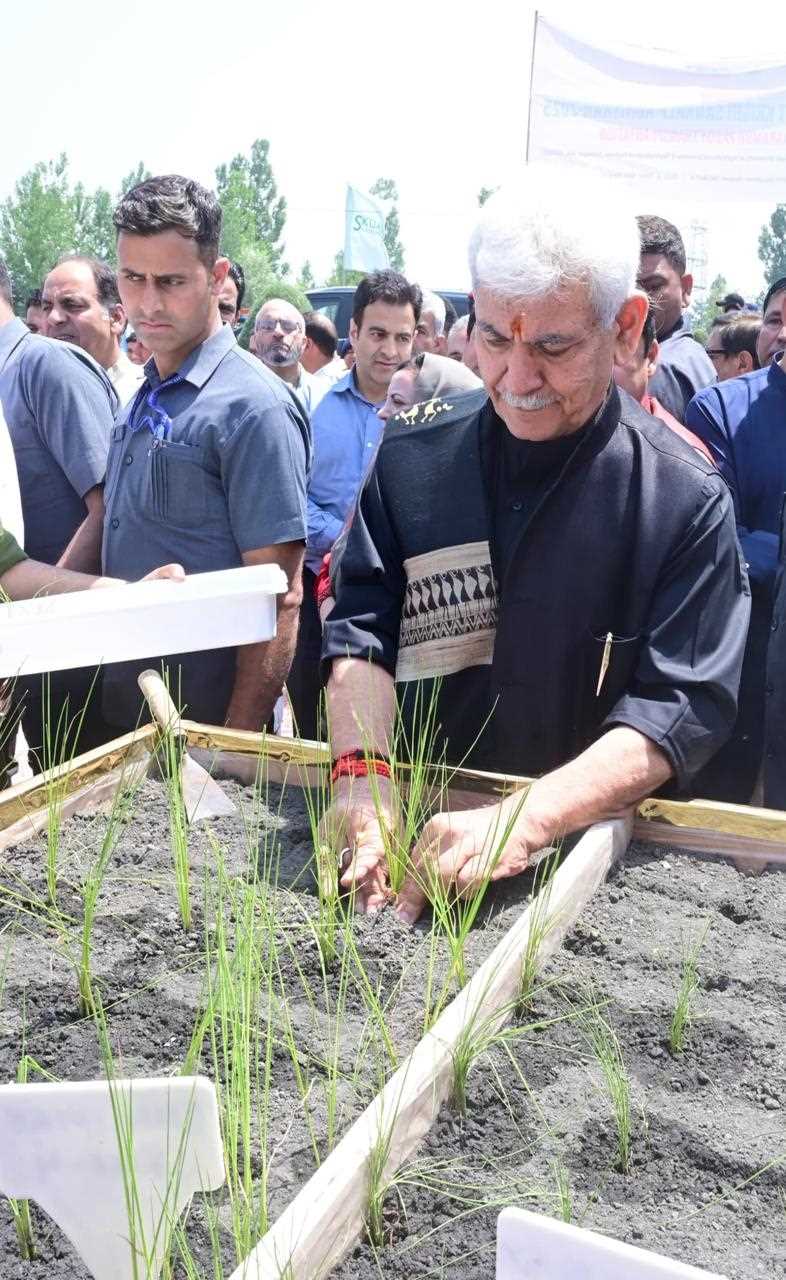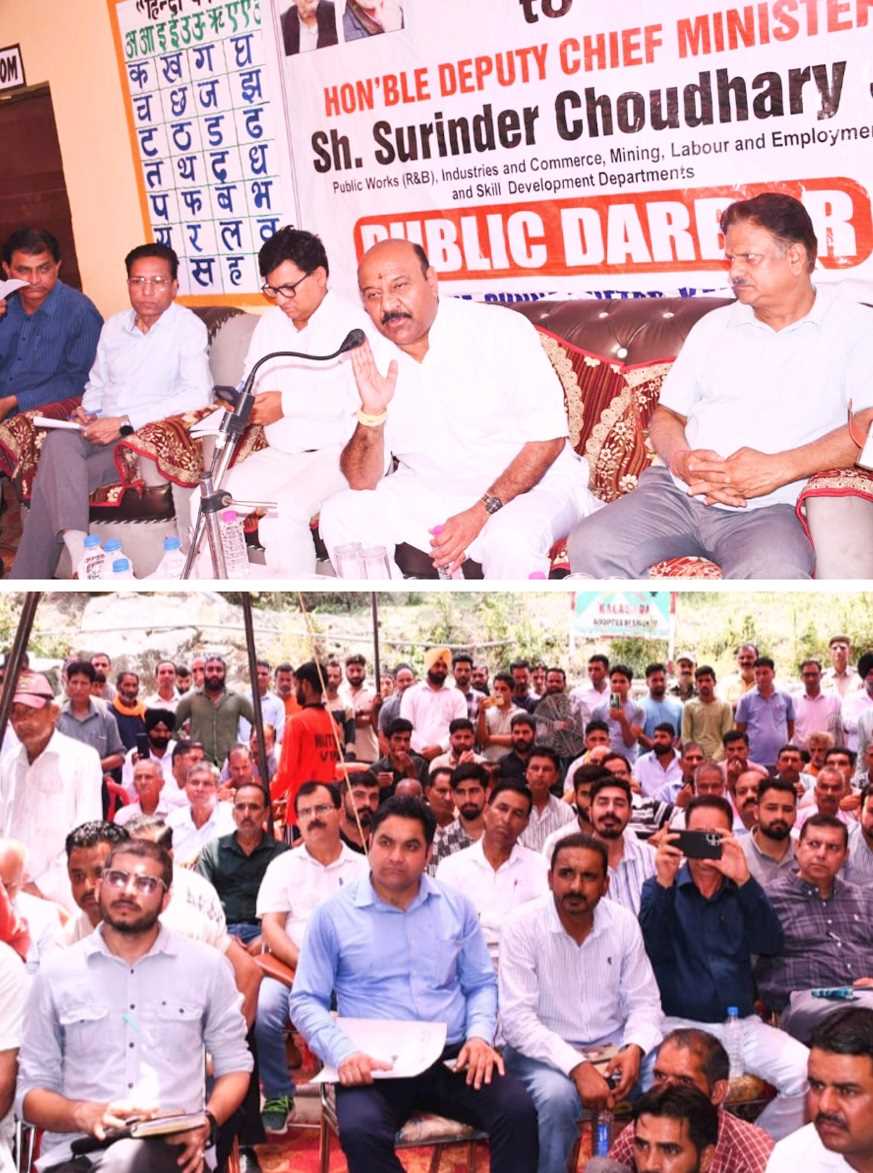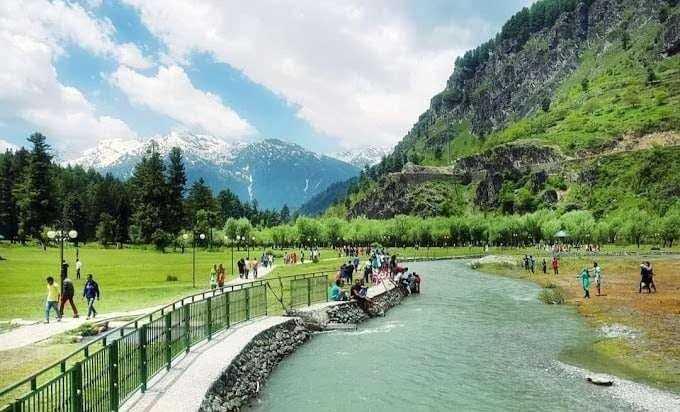The recent success of connecting the Kashmir Valley with the Indian railway network is not merely an infrastructural milestone it is a transformative leap toward regional integration, national unity, and social healing. For decades, Jammu and Kashmir, though geographically contiguous, have remained socially and emotionally divided. While much of the national discourse around the region focuses on political tensions, terrorism, and security concerns, one of the lesser-discussed yet equally vital contributors to this separation has been the physical and psychological disconnect between the Jammu region and the Kashmir Valley.
Traditionally, the only viable route between Jammu and Srinagar has been the 280-kilometer-long Srinagar-Jammu National Highway. While scenic, this highway has long been unreliable frequently disrupted by snow, landslides, political unrest, and security-related restrictions. It has been a corridor marked by uncertainty, impeding regular civilian movement and deepening the isolation felt by communities on both sides. For the average citizen, traveling between the two regions was not just a journey it was an ordeal.
This is why the railway connectivity between Jammu and Kashmir is far more than just a technological feat. With the rail link now approaching the heart of the Valley, the journey from Jammu to Srinagar has been shortened to just around four hours. What was once a long and uncertain road trip has become a safe, stable, and swift ride through the majestic—and previously inaccessible—landscapes of the Himalayas.
However, the implications of this development go far beyond convenience or comfort. This railway holds profound social, economic, and psychological significance. Jammu and the Kashmir Valley are demographically, religiously, and culturally distinct. Jammu is home to a Hindu-majority population with strong ties to India’s spiritual and cultural heritage, while the Valley has a Muslim-majority population with its own rich linguistic, artistic, and religious traditions. These differences are not problematic in themselves—in fact, they reflect India’s pluralistic strength. But the lack of regular interaction has historically bred misunderstanding, mistrust, and at times, open resentment.
In this context, the train is not just a mode of transport it is a moving space of social engagement, a vehicle of exposure, empathy, and ultimately, unity. It allows people from Kashmir to visit and experience cultural centers in Jammu, including Katra—the gateway to the Vaishno Devi shrine, one of the most significant pilgrimage destinations in India. At the same time, it enables people from Jammu to enter the Valley with greater ease and openness, not as outsiders but as fellow citizens sharing the journey of a united territory.
This kind of grassroots-level cultural exposure is crucial for long-term peace and social cohesion. When people travel together, observe each other, and converse in shared public spaces such as train compartments—they begin to humanize those they might have previously misunderstood. A Kashmiri vendor interacting with pilgrims from Jammu, or a student from Jammu attending college in Srinagar, are no longer abstractions in a divided discourse. They are people living shared realities learning, listening, and building trust.
The railway compartment becomes more than just a place of transit—it becomes a space of transformation. Unlike buses or flights, which tend to segregate passengers, train journeys allow a uniquely communal experience. People talk, share food, ask questions, and serve one another. This form of natural socialization has long been missing in the relationship between the two regions, and it is this subtle but powerful social process that can help rebuild fractured connections.
Moreover, the railway also opens avenues for economic integration and regional development. Farmers and traders now have faster access to markets across regions. Tourism—particularly vital to the economy of the Kashmir Valley receives a major boost from improved mobility. Increased footfall leads to increased commerce, which in turn brings jobs, stability, and hope. Such progress weakens the appeal of extremist ideologies, which often find support in regions plagued by isolation and unemployment.
The Indian government’s initiative in achieving this connectivity deserves recognition, especially given the formidable engineering and security challenges posed by the Pir Panjal range and the region’s sensitive geopolitical status. Building tunnels through steep mountains, constructing bridges over deep gorges, and ensuring safe travel in such a volatile zone is a testament to planning, perseverance, and vision. This is more than infrastructure development—it is an investment in national integration.
Of course, infrastructure alone is not a cure-all. Train lines can reduce physical distance, but to truly close emotional and cultural gaps, we must also invest in inclusive governance, quality education, youth engagement, and interregional dialogue. Accessibility must be paired with affordability and safety, ensuring that local populations—especially students, workers, and women—can travel with confidence and dignity.
Yet, it is impossible to ignore the symbolic power of this railway line. At a time when India is increasingly focused on national unity and internal cohesion, this project stands as a concrete example of development that fosters integration—not through force or rhetoric, but through opportunity and shared experience.
The railway line from Jammu to the Valley is not just a track of steel and stone it is a pathway to reconciliation, mutual respect, and progress. It offers the people of Jammu and Kashmir a chance to see each other not through the distorted lens of propaganda or suspicion, but through the clarity of shared journeys, conversations, and lived realities. It is a chance to build not only a connected region, but a united society—one train ride at a time.
Email:-------------------------ashwani.e17761@cumail.in


